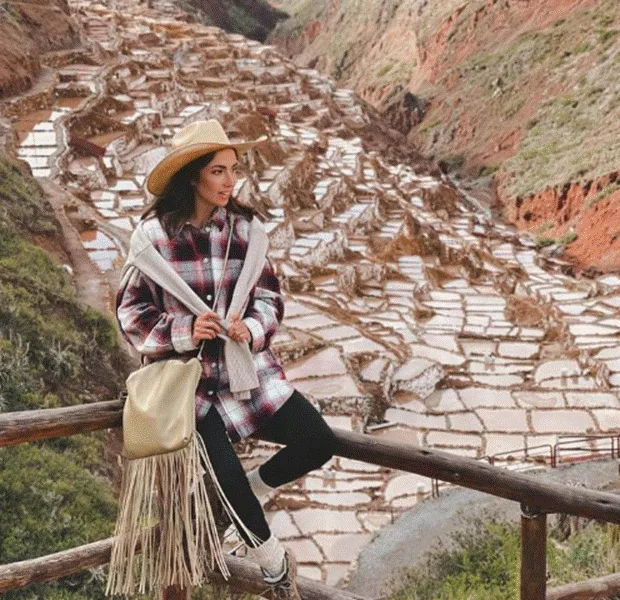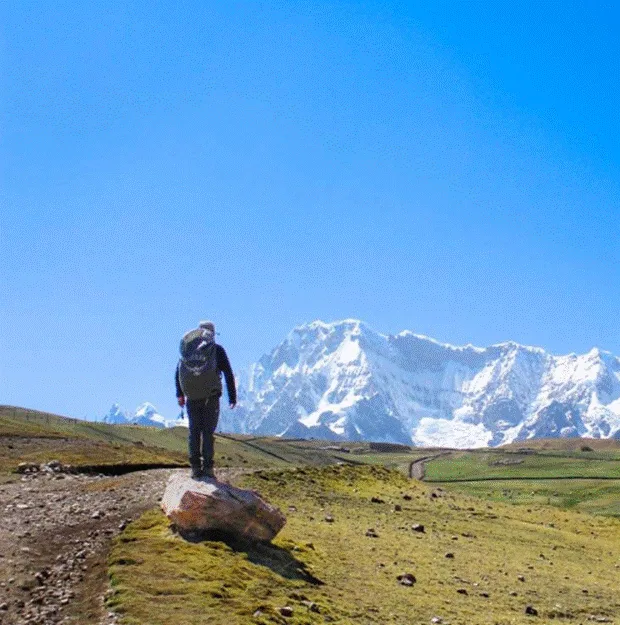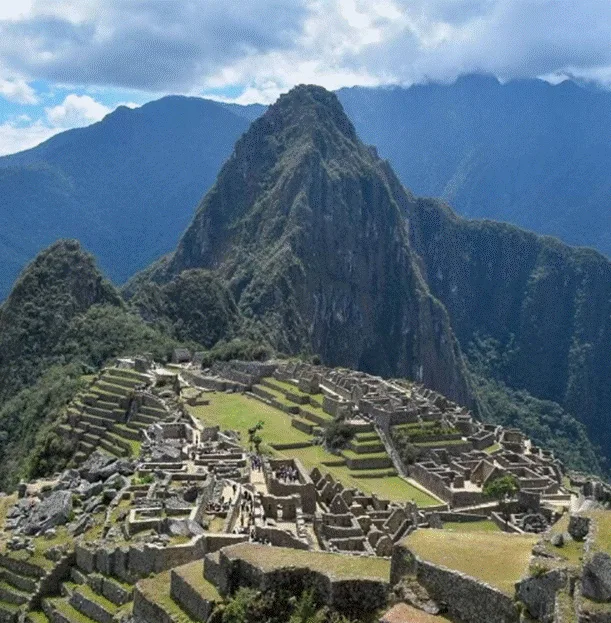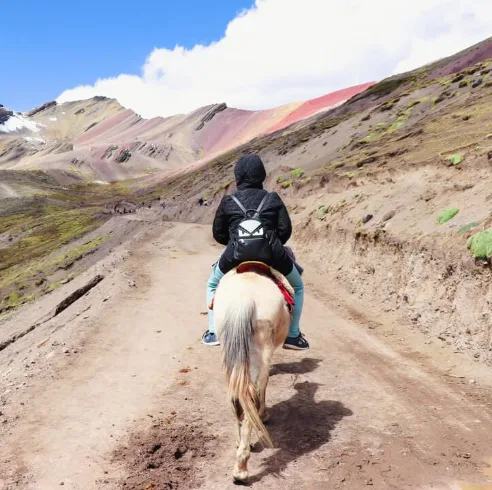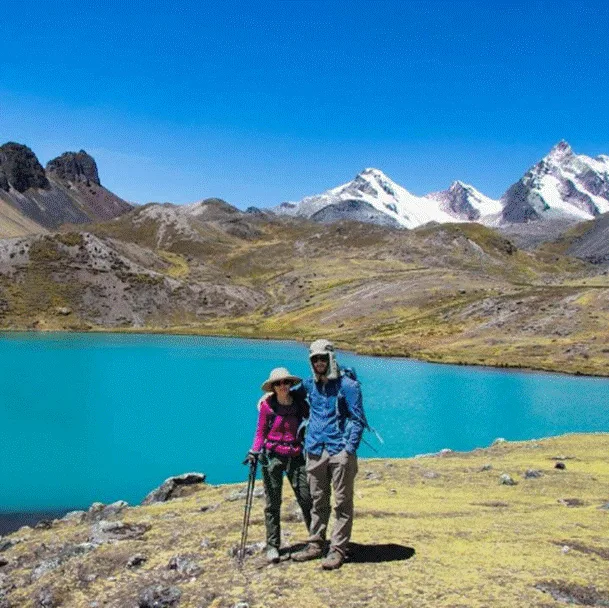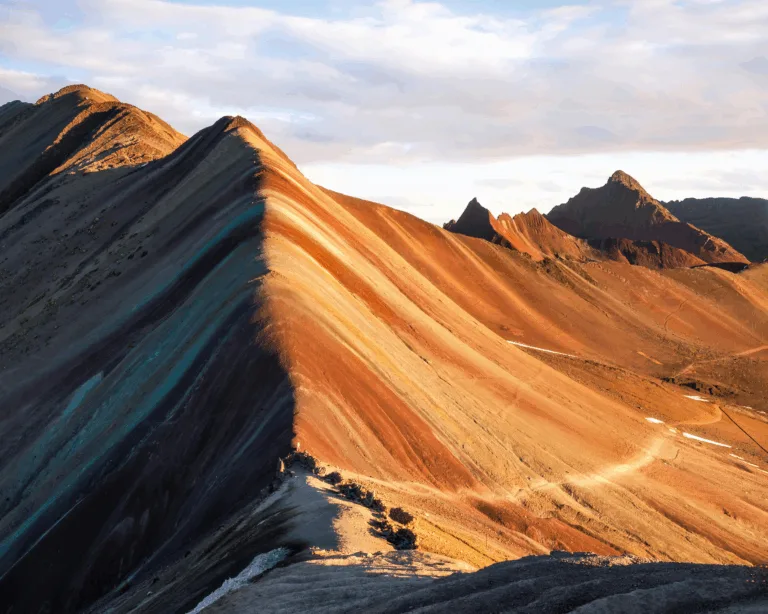The Best Time to Visit Cusco, Peru
Welcome to this blog, where we will share all the information you need to plan your visit to Cusco, the Inca city of Peru. Here you will find details about the best places to visit, must-do activities, and most importantly, the ideal time to enjoy your stay in this wonderful city.
Climate and Seasons
The best time to visit Cusco is divided into three seasons: the rainy season, the transitional season, and the dry season. Each offers unique characteristics that can influence your experience.


Rainy Season (December to March)
During these months, Cusco experiences frequent rain, especially in February. Although the weather can be unpredictable, the vegetation becomes lush, and tourist sites are less crowded. This season is ideal if you seek tranquility and lower prices.
Transitional Season (April to May and September to October)
In these months, rainfall is less frequent, and the weather is pleasant. The landscapes are green and beautiful, making it one of the best times to explore the city and its surroundings without the tourist crowds.
Dry Season (May to September)
Considered the best time to visit Cusco, during this season, you will enjoy sunny days and clear skies. It’s the perfect time for outdoor activities like hiking and visiting famous archaeological sites. However, nighttime temperatures can drop close to 0°C.
Best Time to Visit Cusco
When planning a trip to Cusco, it’s crucial to understand tourist traffic throughout the year. This will help you choose the best time for your visit, whether to enjoy Inca culture in peace or amidst the exciting energy of tourists.
High Season (May to August)
The high season runs from May to August and is the period with the highest influx of visitors. This coincides with summer vacations in the United States and Europe, attracting thousands of tourists eager to explore the rich history and stunning landscapes of the region. During these months, archaeological sites and tourist attractions like Machu Picchu are more crowded, which can result in long lines and higher prices for accommodation and activities.

Low Season (December to March)
The low season, from December to March, is characterized by a lower influx of tourists. This period coincides with the rainy season, meaning there is a higher likelihood of precipitation. However, it offers its own advantages: prices are usually lower, and tourist spots are less crowded, allowing for a more peaceful and authentic experience.

Activities to Do in Each Season in Cusco
Dry Season (May to September)
During the dry season, Cusco shines with sunny days and blue skies, creating the perfect backdrop to explore the stunning archaeological sites. This is considered the ideal time to enjoy outdoor activities such as hiking and photography, as the weather is perfect for capturing the beauty of the Andean landscapes.
Here are some highlighted activities:
- Visit Machu Picchu
- Explore the Sacred Valley
- Trek Salkantay
- Discover Quelccaya
- Hike Ausangate and the 7 lagoons
- View the Rainbow Mountains: Vinicunca, Palccoyo, Wilcacunca
- Explore the Ananiso Canyon
- Visit the archaeological center of Warapukara
- Discover the famous Humantay Lagoon
- Visit the Inca bridge Queswachaka
Rainy Season (December to March)
The rainy season transforms the landscape of Cusco, covering the fields in vibrant green hues and colorful flowers. Despite the rainfall, there are many activities to enjoy:
Activities you can do during the rainy season:
- Trekking to the Rainbow Mountain
- Visit sites like Tipón or Pikillaqta
- Enjoy a city tour in Cusco
- Visit the most famous cathedrals of Cusco
- Explore the museums Cusco has prepared for you
Visit the Red River
Trusting the Weather Forecast in Cusco: What You Need to Know
If you are planning a trip to the Inca city of Cusco, it is essential to consider the weather, but you cannot always fully rely on the weather forecast. The region is vast and diverse, and a general forecast may not accurately reflect weather conditions in different areas.
Challenges of Forecasting in Cusco
The weather forecast may provide information about the city, but it is not necessarily useful for places like the Rainbow Mountain or the Humantay Lagoon, which are located over 100 kilometers to the south and at altitudes above 5,000 meters. At these elevations, the weather is extreme and changes rapidly. Therefore, it is crucial to consult with an experienced guide or a trekking agency that knows these places well.


The Weather and Temperature in the Most Famous Places of Cusco
Rainbow Mountain:
The weather here is cold and dry, with temperatures ranging from 10°C to 15°C. Although the dry season can offer sunny days, mornings and evenings can be very cold due to the altitude. During this time, you can also explore the famous four Rainbow Mountains: Vinicunca, Wilcacunca, Palccoyo, and Pallay Punchu, each offering breathtaking views and unique experiences.
Cusco:
Situated in an inter-Andean valley, Cusco has a more moderate climate, with temperatures ranging from 15°C to 25°C on sunny days. However, during the nights, temperatures can drop below 0°C on some occasions.
Machu Picchu:
Located on the edge of the jungle, the weather in Machu Picchu is warmer, with temperatures ranging from 17°C to 20°C, making it an ideal place to explore.
Humantay Lagoon:
Humantay Lagoon welcomes you with changing weather typical of the Andes. During the day, the sun accompanies you with temperatures around 15 to 20 degrees, perfect for a relaxed hike and enjoying the scenery. However, when night falls, the cold becomes noticeable, and temperatures can drop to freezing levels. Don’t be deceived by the day’s warmth; always bring something warm to enjoy this incredible place without worries. The beauty of the site is worth it!
Ausangate:
Nevado Ausangate, one of the highest mountains in Peru, envelops you in a landscape that challenges both your physical abilities and your resilience to the weather. During the day, temperatures range from 5°C to 10°C, but the cold can surprise you even when the sun is shining, especially when the wind blows. At night, the environment becomes much colder, dropping to temperatures of -5°C or even lower. Every step you take towards the summit will reward you with breathtaking views of glaciers, lagoons in various shades, and a unique connection with nature. This is a challenge worth taking for those looking to explore beyond the conventional.
Salkantay:
Salkantay, with its imposing presence, takes you through a route where the weather changes dramatically throughout the day. Mornings can be cool, with temperatures between 0°C and 5°C, and as the day progresses, you may feel a slight increase up to 12°C in some areas. However, the cold is a constant companion on this adventure, and at night, temperatures drop drastically, often reaching -10°C in the higher areas. But despite the harsh weather, the journey rewards you with diverse landscapes: from snow-covered mountains to lush jungles, making Salkantay an unforgettable experience for adventure lovers.
Weather During the Rainy Season
During the rainy season, the weather in the morning is generally calm, allowing you to enjoy outdoor activities. However, starting from 12 p.m., conditions can become more unstable, with gusts of wind, thunder, and lightning. In higher altitude areas, such as the Rainbow Mountain, there can even be snowfall at times.


